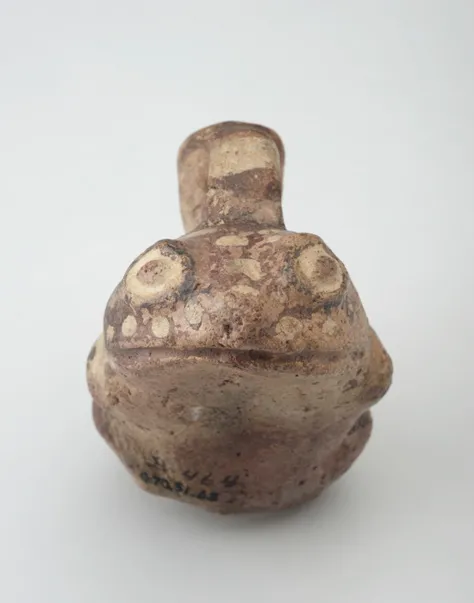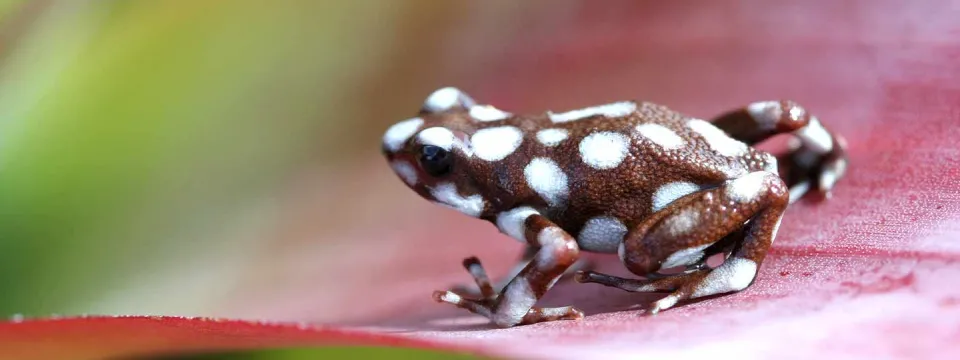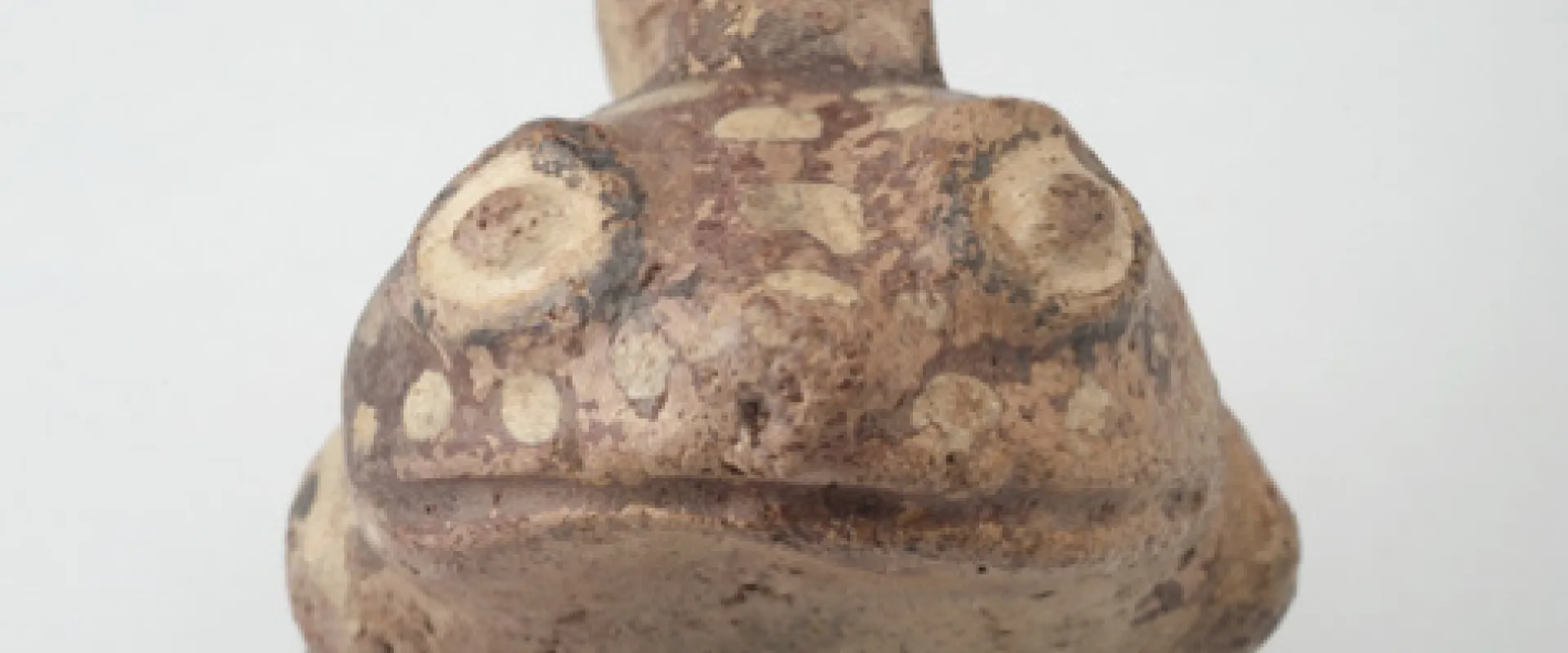Providing a Conservation Focused Sensory Experience for the Visually Impaired
Written by Sabrinah Hartsell, AmeriCorps Service Member & Environmental Conservation Educator, North Carolina Zoo
In the ongoing effort to offer programming for underserved communities in North Carolina, we partnered with the North Carolina Museum of Art in February 2023 to showcase a piece recently added to their Ancient Americas collection. The goal of this program was to provide a sensory journey for individuals who are visually impaired so that they could experience this art in a way that was more available to them. These types of programs are offered every other month, with a new piece as the topic. These sensory experiences include meditation sessions, discussion with art professionals, detailed auditory descriptions, and a small kit that was mailed to each participant with a few things that related to the piece being discussed.

The art piece in this collaborative program was a small, spouted bottle that was shaped like a frog with spots and stripes painted on the body with black, brown, red, and yellow pigment. This bottle is estimated to have been made from the year 1200 to 1470 and came from Peru. It is believed that the Chancay people, a pre-colonial indigenous group, created this bottle potentially for ceremonial and religious means. It is also believed that the Maranon Poison Frog may have inspired this piece. While the North Carolina Zoo has never had Maranon Poison Frogs, we have had other more common poison dart frogs, like the Pleasing Poison Frog that used to be in the Aviary, to highlight the importance of these frogs in tropical habitats. This frog was part of our focus for the program.
The Zoo provided ground, shade-grown, bird-friendly Peruvian coffee (which you can buy bags of at Farm to Table in the North America plaza) for participants to smell or taste. During the program, we discussed cloud forests where these frogs live, sustainable consumption of fairtrade products from the rainforests of South America, and the ongoing conservation efforts of many indigenous peoples in the Amazon basin, particularly the Ashaninka people. It is important to discuss these topics, even in the subject of art, because art is not created in a vacuum. Art is oftentimes an expression of culture. For many indigenous people all over the world, the conservation of the land their ancestors were stewards of and where future generations will hopefully continue that work is essential to the survival of their culture, and, thus, their art.

Sensory programs, like the one we collaborated with at the Museum of Art, are critical in giving different groups an equitable opportunity to learn more about their passions. Sometimes, the exhibits cannot be touched or described to patrons directly in museums. By finding items that relate to the art piece in a sensory-friendly way, having a vivid image description of the work, and talking about the meaning to the artist, patrons can get a more well-rounded background of the piece. In collaborating on this program, I have learned much about the visually impaired community and have become more mindful of how I describe and discuss things or concepts I am teaching others about. I am so thankful for the Museum of Art, their willingness to be an excellent teacher and mentor, and their love for the work they do. Our next projected program will be in December of 2023.

